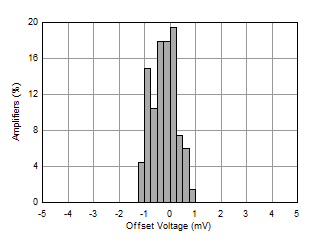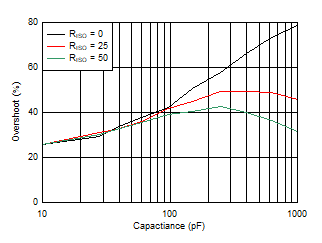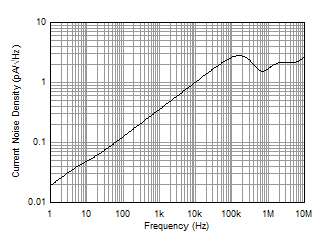SBOS803A December 2018 – December 2019 OPA462
PRODUCTION DATA.
- 1 Features
- 2 Applications
- 3 Description
- 4 Revision History
- 5 Pin Configuration and Functions
- 6 Specifications
- 7 Detailed Description
- 8 Application and Implementation
- 9 Power Supply Recommendations
- 10Layout
- 11Device and Documentation Support
- 12Mechanical, Packaging, and Orderable Information
Package Options
Mechanical Data (Package|Pins)
- DDA|8
Thermal pad, mechanical data (Package|Pins)
- DDA|8
Orderable Information
6.7 Typical Characteristics
at TA = 25°C, VS = ±90 V, and RL = 10 kΩ connected to GND, output enabled (unless otherwise noted)



(Low VCM)















| G = –1 |

| G = –1 |

| G = –1 |



| G = 20 |

| G = 20 |









(High VCM)















| G = +1 |

| G = +1 |

| G = +1 |


| G = 10 |

| G = 10 |




